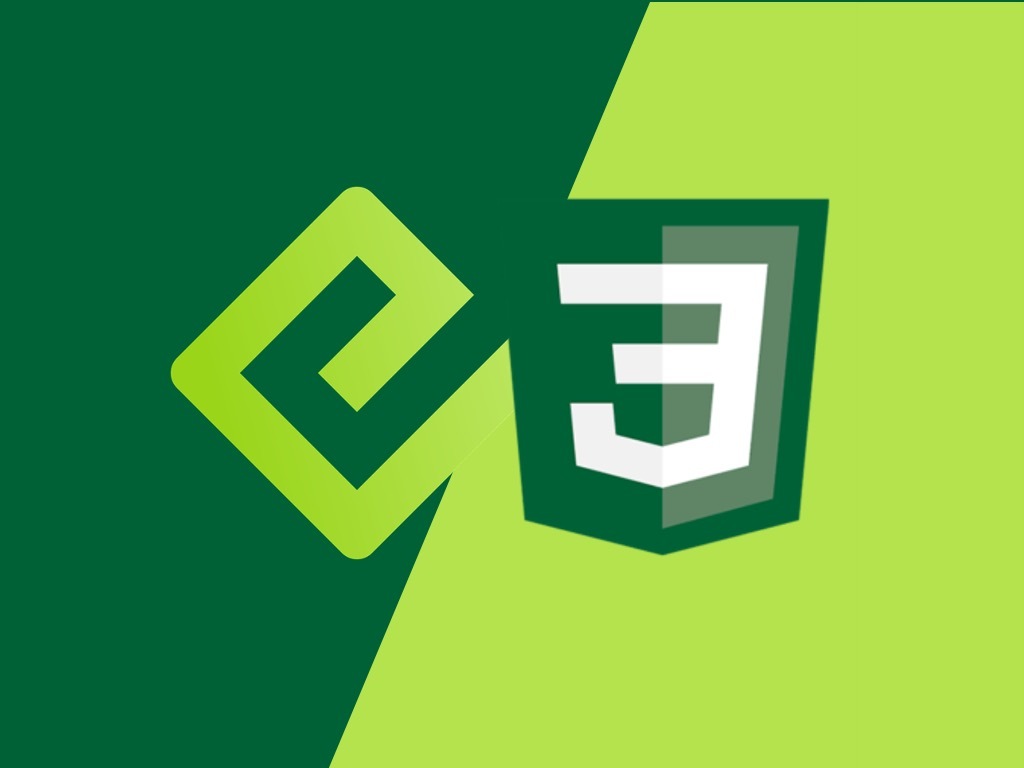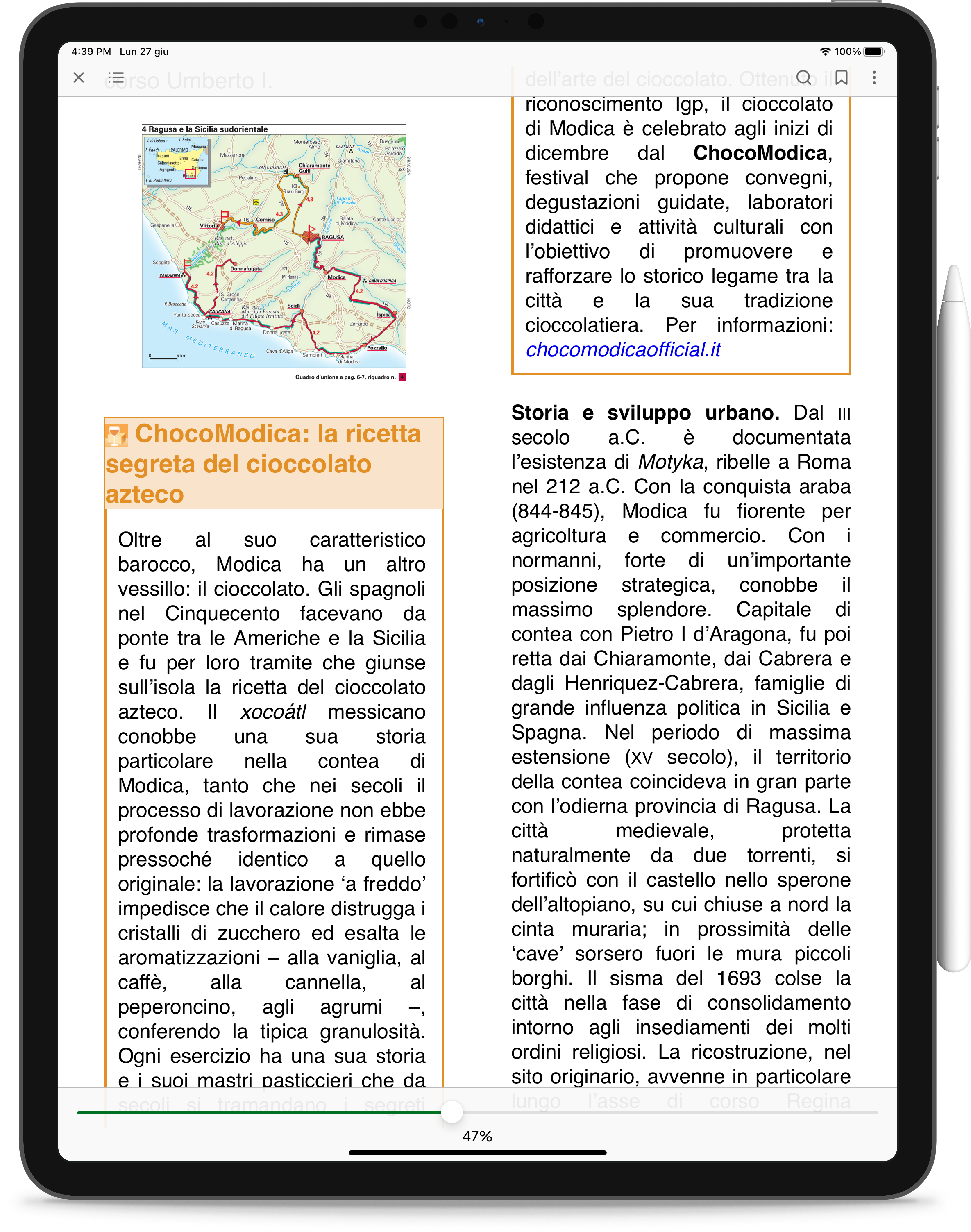From EPUB to EPUB

From EPUB to EPUB
When we founded PubCoder in 2013 we did so convinced that the future of interactive digital publications would be the EPUB3 format, a standard format that after supporting text-only publications, finally adopted contemporary forms of interactive content by supporting HTML and javascript as scripting languages. The idea was to provide an authoring tool for the creation of interactive content in the EPUB3 fixed-layout format. Since Apple with the iBooks application (today renamed in Books) had been one of the early adopters, we thought it would not be long before all the other vendors, from Google to Amazon, would have followed. We were mistaken. Google has a reader - Google Play Books - that barely supports media overlays. Amazon has continued undaunted to support the mobi format, a proprietary file format that can be compiled from an EPUB but has no support for interactivity. Amazon’s business model does not seem to see any possible evolution towards EPUB3, as most of the profits come from the sale of e-ink products and the retail part of the novels, all pure text, all first-rate ebooks.
For this reason we decided, on the one hand, to add more export format options. One of the promises to our users was to make them build content once and deploy everywhere. EPUB3 alone was not enough, so we added the possibility of exporting in native formats for iOS and Android for standalone Apps to be published on App Store and Google Play Store. We also added an HTML output for the web, in the form of a folder with an index file to embed - very much like a Youtube video - inside any web page as an iframe.
With the evolution of Shelf, our content distribution product, we brought EPUB back again. More and more customers have asked us to support not just the PubCoder proprietary format, XPUB (a fork of the EPUB fixed layout standard perfectly compatible with the Shelf reader), but also other file formats that they already had in house. So over time we have provided support for distributing and reading PDFs and audiobooks. With this latest Shelf created for the Italian Touring Club we were asked to support the flowable EPUB, the format with which many of their guides were made.
So we started trying to figure out what could be the best way to build an EPUB reader within our platform. As always, the approach was not to reinvent the wheel, and therefore we looked for solutions available out there that could be right for us. At the end of a long search, we came to pick one among the following three solutions:
- Readium.js, library developed by Readium, the Consortium created for the dissemination of reading systems for EPUB3
- Epub.js, library provided by FuturePress, a multidisciplinary project of the University of Berkeley
- Colibrio, a full EPUB SDK developed by the private company of the same name
Choice fell on Epub.js, as Readium.js is first of all an open-source project but in maintenance mode, it has a documentation that appears unclear to us and we also acknowledged Readium is developing a new library and therefore we are curious and waiting to see how it will look like; Colibrio, whose history and the people who work there, the seriousness and commitment to support the EPUB ecosystem we know well, propose a pricing model that is not compatible with our current market. Epub.js is an open-source and well-documented project; it provides access to a series of very clear and simple internal APIs that allow you to read and retrieve information relating, for example, to the TOC, the page number and offers various layout options useful for the different needs of our readers.

We certainly look forward to an evolution of the solutions offered by Readium, which is certainly the closest interlocutor to those who deal with maintaining and evolving the standard; just as we can’t wait to have a customer on our hands who will give us the opportunity to exploit the extraordinary potential of Colibrio. But for now, long live Epub.js!




